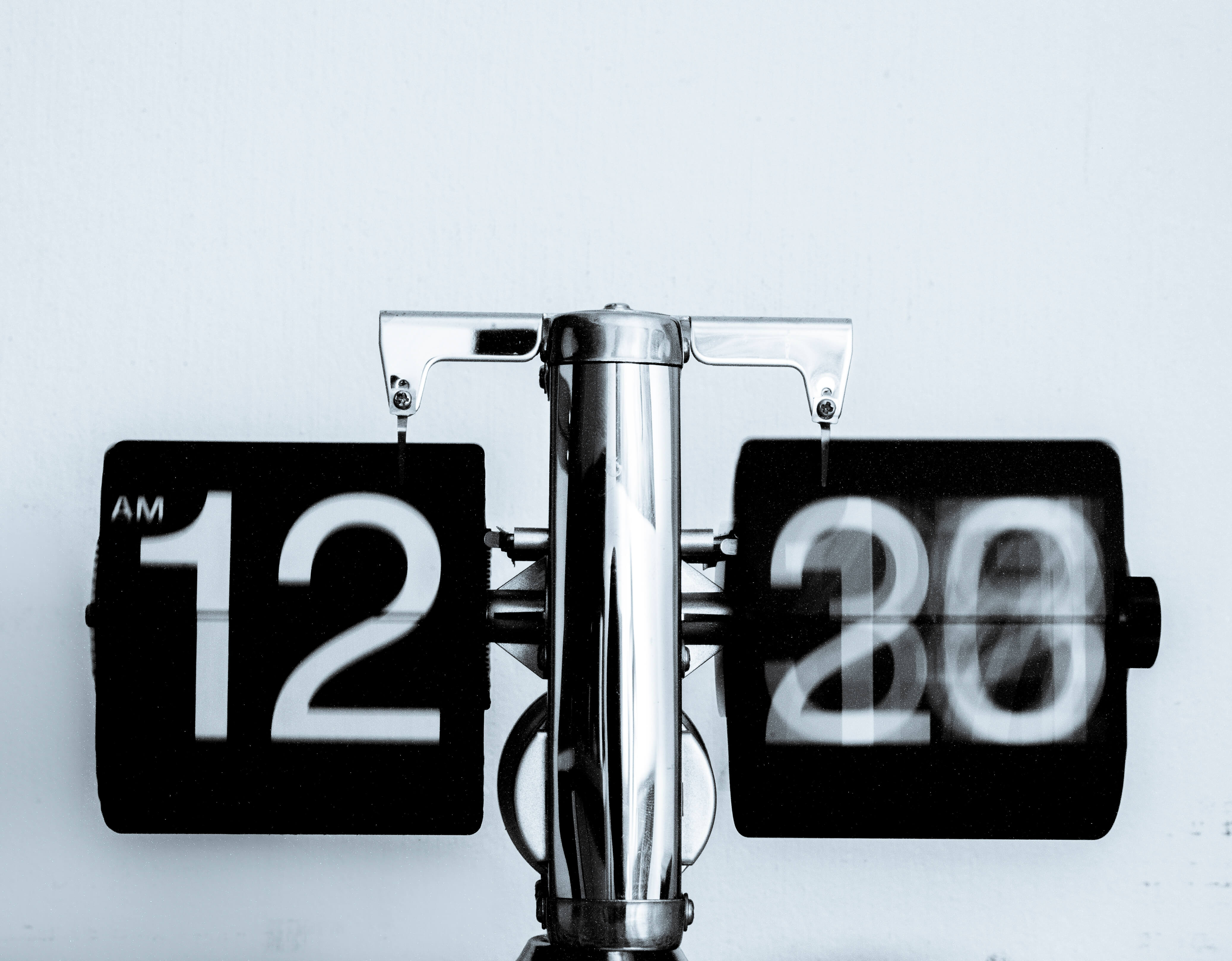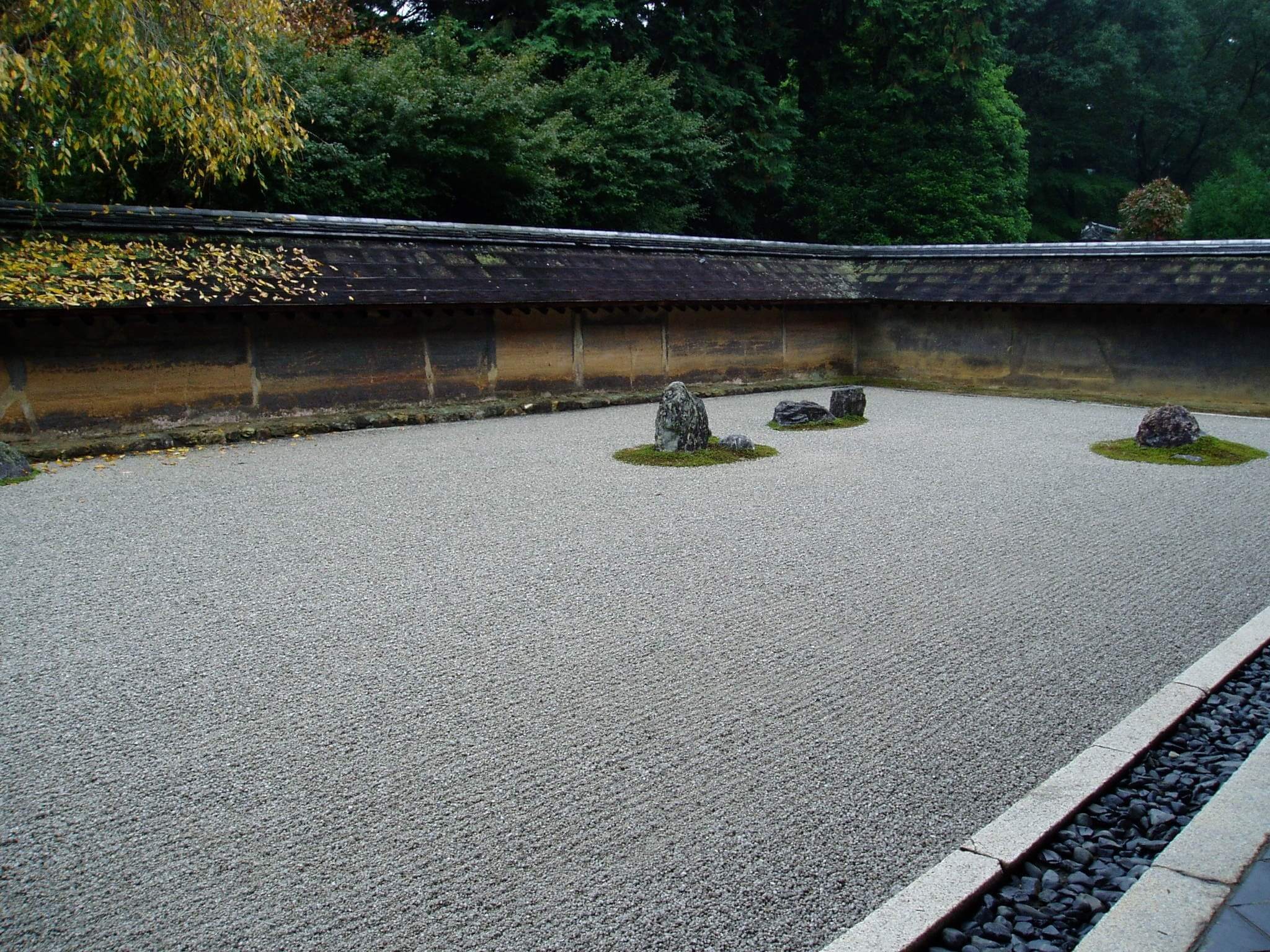Learn a Language Fast with These Productivity Techniques
Here’s a number: 525,600. Can you guess its significance? I’ll give you a clue, it relates to time.
That huge number is how many minutes there are in a year. Yep, that’s how many minutes it takes for this big old rock to rotate around the sun. Now, are you using them wisely?
Our obsession with productivity tools and techniques, especially over the last few years, suggests that we don’t think we are using those minutes so wisely. It’s a good thing there are people out there coming up with clever ways us distracted and lazy humans can improve our focus then, isn’t it?
There are so many books and websites claiming to know the secret to squeezing every last drop of productivity out of the day. Or, better still, get things done quicker so you have more time for other more important things, like napping and watching videos of goats that sound like humans.
Here are five productivity techniques that you can use to learn a language fast.
Don’t Break the Chain

Let’s start with a simple but effective technique. Developed by comedian and actor Jerry Seinfeld, the Don’t Break the Chain technique requires two things: a calendar and a pen.
Once you have those tools, you need to decide on something you want to make a habit of. What do you wish you would do every day? Exercise? Cook a healthy meal? Write in a journal?
Whatever it is, when you actually do it , draw a big X on the calendar. Do this every day you complete your goal and eventually you’ll have a chain of X’s. That chain will look so pretty and make you feel so good that you’ll be terrified of breaking it. Well, that’s the idea anyway.
It makes sense if you think about how easy it is to fall off the bandwagon once you slip, even a little. You eat a huge bowl of ice cream and ruin your diet, so you might as well have pizza for dinner the next night. You missed a morning run, so you might as well take the rest of the week off and start again next week (not happening). Losing your momentum, even for one day, is a habit killer.
How to apply it to language learning
Pretty simple really, decide on a language learning goal you want to achieve each day and start marking those X’s. That goal could be as simple as getting at least half an hour of study in each day. But remember: Don’t. Break. The. Chain. Your new mantra.
The Pomodoro Technique

Remember those tomato-shaped timers your mum used for cooking? Well, they’re being used for a lot more than timing the perfect soft-boiled egg these days.
The Pomodoro Technique is a time management method that has you working in blocks of time with regular breaks in between.
Here are the steps:
> Plan what you want to do in your session.
> Set the timer for as long as you want to focus (20-25 minutes is good).
> Work! As long as that tomato is ticking you should be focussing intently on your task.
> Take a break. Stretch, walk around, grab a snack, whatever you need to do (5 minutes).
> Repeat. Set the timer again and work for another session.
The Pomodoro Technique is usually done in four sessions with a longer break (around 20 minutes) after the fourth. The idea then is to go off and do another task, preferably using the same method.
This technique can be very motivating – the sound of time literally ticking away is enough to light a fire under anyone. Trying the Pomodoro Technique is even more appealing when you learn that it can take the average person up to 25 minutes to regain their focus on a task once they’ve been distracted. Think of all that precious time you’re wasting!
How to apply it to language learning
If you’re going to study your target language using the Pomodoro Technique, it might be a good idea to break the sessions into different areas of focus. You may want to spend the first block on reading, the second on listening, the third on writing and the fourth on speaking. That way you’re getting practice in all areas and you’re less likely to get bored.
Biological Time Print

Speaking of time, when in the day are you most productive? First thing in the morning? Just after the first coffee kicks in? Late at night when the world is quiet? Most people have a vague idea of when their focus is at its sharpest, but in his book Work the System Sam Carpenter goes deeper.
Carpenter developed the Biological Time Print, a way to chart your energy, motivation and focus levels throughout the day so you can figure out when is the best time to get stuff done. The idea is to give yourself a score out of 10 with one being negative (very low energy/unmotivated/unfocussed) and 10 being positive (very high energy/motivated/focussed).
It’s best to chart every day for three weeks so you get accurate results. There are also those who suggest you cut out things like alcohol and coffee for the same reason, but nobody is watching.
The idea is to then use the chart to schedule tasks throughout the day. If your energy, motivation and focus levels are highest at 10 am, work on your most difficult or important tasks then. If your levels dip at around 2 pm, be good to yourself and use that time to take a stroll or even a little power nap.
How to apply it to language learning
Another no brainer: study your target language at a time of day when your motivation, energy and focus are high. Don’t force yourself to sit down and study just when you get in from work if you know that it’s going to be an uphill struggle. Don’t study first thing in the morning because the millions of productivity blog posts on morning routine tell you it’s what all the successful people do. Listen to your body, work with your mind and you will reap the rewards.
Zen to Done

Are you looking for a less scientific approach? Does making a chart for three weeks with no coffee sound like hell? Let’s get zen.
The Zen to Done Technique was developed by Leo Babauta is, in his words, “…about the habits and the doing, not the system or the tools.”
The technique was developed in response to the popular Get Things Done method created by productivity guru David Allen. Many people have issues with Allen’s approach, seeing it as too unstructured and a little overwhelming.
Babuta’s technique is simple and focusses on doing rather than planning. He outlines 10 habits that will improve your productivity and suggests adopting one at a time over a 30 day stretch.
The 10 Zen to Done Habits
1: Collect
Always have a notebook or note-taking app on hand and make a note of things that pop into your head throughout the day. It could be things you need to do, things that inspire you, things you don’t want to forget – anything.
2: Process
This step is all about organizing your inboxes, whether that be an email inbox, a paper mail inbox or any other kind. You build a habit of centralizing everything you have to address in these inboxes and deal with it all in a systematic way each day. All of your inboxes should empty at the end of the day; no putting anything off.
3: Plan
As this is a zen-themed technique, Babuta names the big things you need to get done “big rocks”. The plan habit involves writing down three to six “big rocks” at the beginning of each week. Then each morning list your MITs (Most Important Tasks), which could include some of your weekly big rocks, and aim to get them done as early in the day as possible. Again, this is to avoid the all too easy habit of putting off difficult tasks.
4: Do
This one is beautifully simple: decide on a task and dedicate a set amount of time on it, no distractions. That time might be enough to get the task done, or just make a small dent in it, but no matter what you do, do not let your mind stray.
5: Simple, Trusted System
Making lists is simple but effective. Babuta wants you to keep lists that you check daily and lists that you check weekly. Making them specific to different areas of your life (work, health, kids, etc.) makes it easier to prioritize and organize items.
6: Organize
When everything has a place your life becomes easier (not to mention tidier). Make sure that everything in your living and work spaces has a home. This may call for a declutter, but that’s never a bad thing.
7: Review
This habit is all about keeping yourself accountable for reaching your goals. You should have up to three big goals for the year. These goals are then broken down into small steps that you can tackle week-by-week, month-by-month. Reviewing how you are doing with hitting your goal targets each week keeps you on track.
8: Simplify
Ever tried to do too much and failed at everything? As with many things in life, simplicity is key where reaching your goals is concerned. Making sure your big three goals of the year are attainable and that every task you set yourself will take you closer to achieving them is vital.
9: Routine
When something becomes part of your routine it’s easier to get done. If you make a 30 minute run part of your morning routine, for example, you might even crave it if it doesn’t happen one morning (imagine that). Fit tasks into time slots that work for you, and then stick with them until you can’t imagine your life any other way.
10: Find Your Passion
When you’re working toward achieving a goal you are passionate about, the journey there seems less like a chore and more like an adventure. You owe it to yourself to find your passion, so try different things, ask questions and explore.
How to apply it to language learning
Phew! That’s a lot of habits! Any one of them could be used in a language learning context: you could collect vocabulary in a notebook, plan your language learning “big rocks” at the beginning of the year, organize the space where you study or review your learning goals at the end of the week.
The Anti To-Do List

Has it ever occurred to you that you might be doing okay? Maybe you’re not giving yourself credit for what you achieve and you’re focussing instead on everything you wish you could get done.
Startup co-founder Marc Andreessen certainly felt this way. That’s why he came up with the Anti To-Do List. The idea behind it is simple: every time you get something done in the day, make a note of it. That way you can look at a list of things you succeeded at at the end of the day, as opposed to a list of things you failed to do.
You might even surprise yourself at how productive you actually are.
How to apply it to language learning
Any time you achieve something in your target language, note it down. Maybe you nailed the pronunciation of a word you’d been struggling with, understood the chorus of a song or spoke a few words with someone in your target language. When you focus on the positive you will be motivated to keep on going.
***
As with language learning, finding the right productivity technique for you requires a whole lot of experimentation. Adapt some of these techniques to your study this week and make those 525,600 minutes count.
